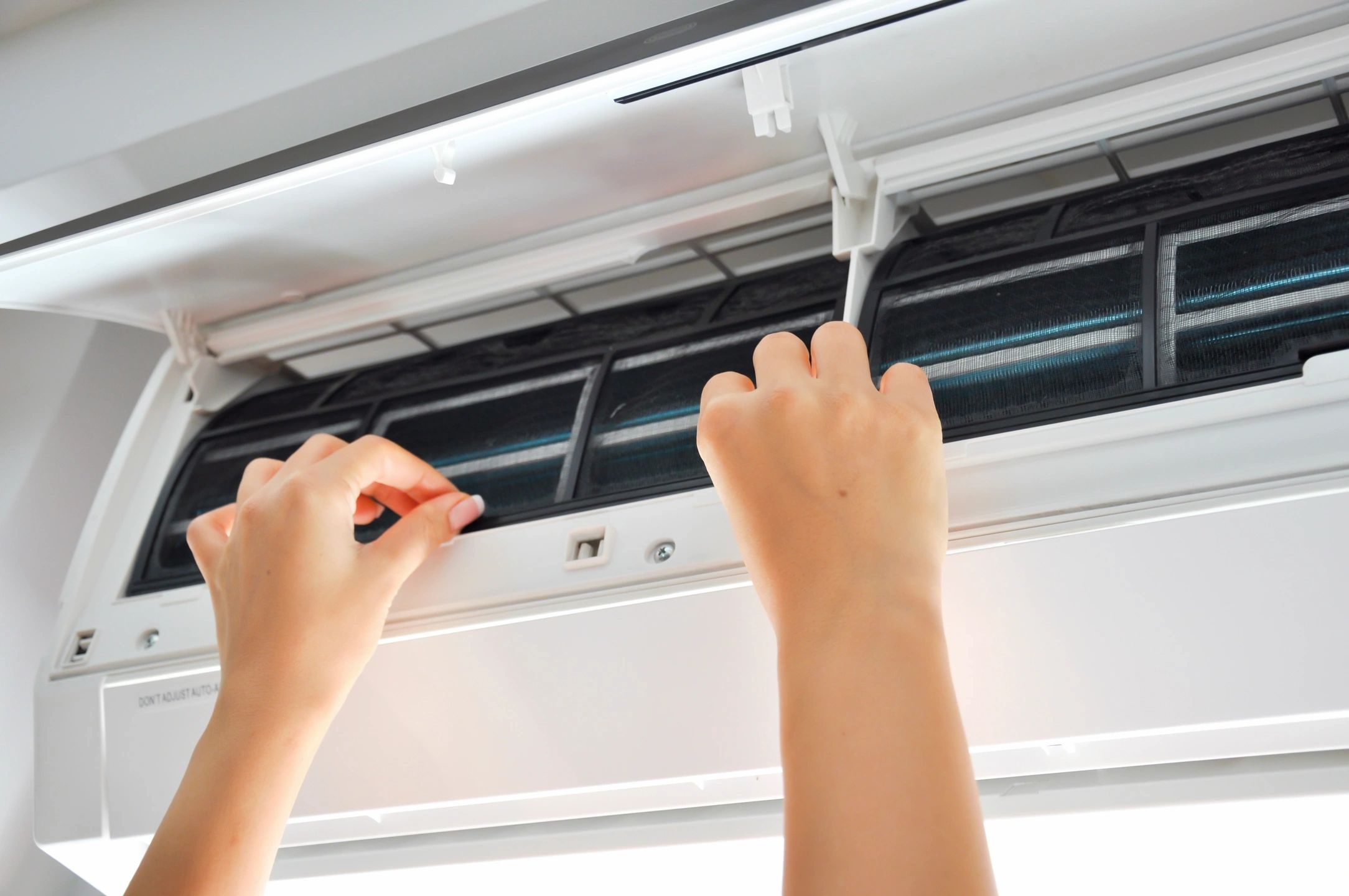
As a homeowner in the Corona, CA area, having a properly functioning air conditioner is essential, especially during the hot summer months. However, when your AC unit starts acting up, it can be frustrating and costly to have to call a technician every time something goes wrong. That’s why we’ve put together this guide.
DIY air conditioner troubleshooting tips to help you identify and potentially fix common issues on your own
Check the Thermostat
One of the first things you should do when troubleshooting your air conditioner is to check the thermostat. Make sure it is set to cool and that the temperature setting is lower than the current room temperature. Sometimes, the issue could simply be that someone accidentally changed the settings or that the thermostat needs new batteries.
Clean or Replace Air Filters
Dirty or clogged air filters can restrict airflow and cause your AC unit to work harder than necessary, leading to inefficiency and potential breakdowns. Check your air filters regularly and clean or replace them as needed. This simple maintenance task can improve airflow and energy efficiency in your home.
Inspect the Condenser Unit
The condenser unit is located outside of your home and plays a crucial role in cooling down the refrigerant that circulates through your AC system. Make sure that there are no obstructions blocking airflow around the unit such as dirt, leaves, or debris. Additionally, check for any visible signs of damage like bent fins or leaks in the refrigerant lines.
Check for Refrigerant Leaks
If you notice that your air conditioner isn’t cooling as effectively as it used to, there could be a refrigerant leak in your system. Low refrigerant levels can lead to decreased cooling capacity and higher energy bills. Look for any signs of oil stains or hissing sounds near the refrigerant lines as these could indicate a leak that needs to be repaired by a professional.
Test Electrical Connections
Faulty electrical connections can cause your air conditioner to stop working altogether or not cool properly. Before calling a technician, check all electrical connections including wiring, breakers, fuses, and capacitors for any signs of wear or damage. Be sure to turn off power to your AC unit before inspecting any electrical components.

By following these DIY air conditioner troubleshooting tips, you can potentially save time and money on unnecessary service calls while keeping your home cool and comfortable throughout the summer months in Corona, CA. Remember that safety should always come first when working on your HVAC system, so if you’re unsure about any repairs or maintenance tasks, don’t hesitate to contact us for assistance.




